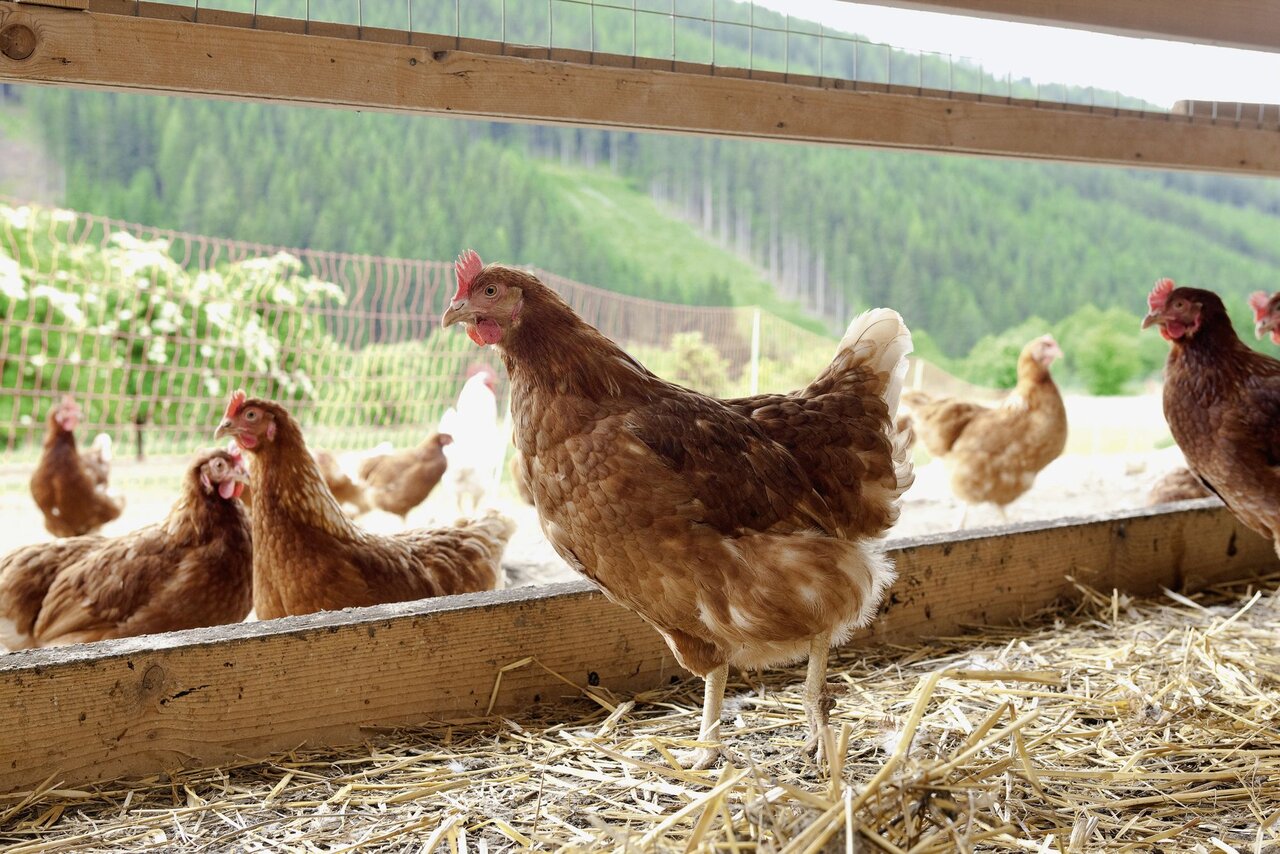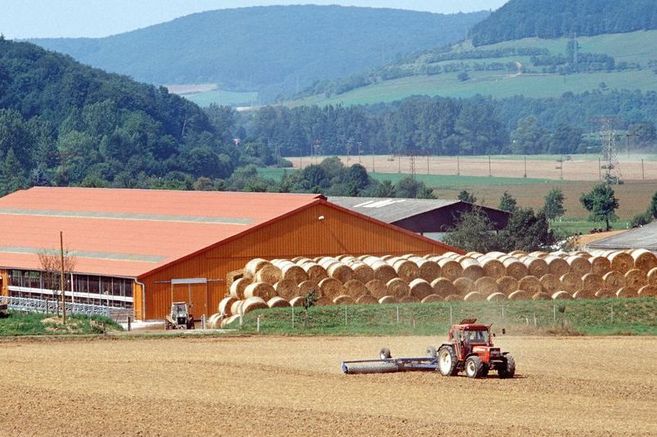Project
Economic analysis of interventions to enhance food safety of animal products along the food chain

Economic analysis of interventions to enhance food safety of animal products along the food chain
Infectious diseases that are transmissible between animals and humans, so-called zoonoses, have gained in importance worldwide in recent years. The reasons cited for this include increasing mobility and growing global trade. In addition to damage to health, zoonoses can also have a significant economic impact.
Background and Objective
In the field of food safety at the Thünen Institute of Farm Economics, we investigate the cost and benefit effects of interventions to increase the food safety of animal products along the food chain.
Approach
The focus of our analyses is (initially) on bacterial pathogens, such as Campylobacter, in poultry meat. Campylobacter bacteria cause an intestinal disease in humans, which is called campylobacteriosis. Campylobacterioses have become the most common zoonotic infections in recent years and are now much more common than salmonelloses. According to estimates by the European Food Safety Authority (EFSA), the majority of Campylobacter cases can be traced back to the chicken as the germ reservoir. Fresh poultry meat is considered the most important source of human Campylobacter infections. Due to these circumstances, the risk potential and safety aspects of Campylobacter in the food chain for poultry meat are being investigated.
Here we are working closely with the Max Rubner Institute (MRI) for Meat Safety and Quality. We are investigating the costs of preventive interventions on farms and slaughterhouses that can reduce the risk of foodborne diseases. Examples of preventive interventions on farms include increased hygiene measures and the avoidance of pre-catch or splitting fattening procedures. At the slaughterhouse level, chemical decontamination, freezing of carcasses or UV irradiation can lead to a reduction of Campylobacter bacteria. Although some methods are not currently permitted in Germany, they are used to some extent in other countries.
Data and Methods
In addition to a systematic literature analysis, interviews and workshops with representatives of companies in the agricultural and food industry will be conducted to obtain up-to-date information on the effectiveness and efficiency of interventions to reduce the prevalence of Campylobacter and their associated costs. The results will be transferred into a simulation model for cost-benefit analysis. This will be used to examine the individual interventions and also to determine the effects of various combinations of interventions on society as a whole.
Thünen-Contact

Involved Thünen-Partners
Involved external Thünen-Partners
- Max Rubner-Institut, Bundesforschungsinstitut für Ernährung und Lebensmittel (MRI)
(Karlsruhe, Hamburg, Deutschland)
Duration
7.2022 - 6.2026
More Information
Project status:
ongoing








